Aspirus Divine Savior Hospital & Clinics issued the following announcement on May 27.
Chaylen Kuklinski woke up one morning and couldn’t walk or stand. She managed to get out of bed, crawl outside and lay on the ground with her dog. Her mother eventually found her, and Chaylen was taken to the hospital.
At the age of 36, having a stroke wasn’t at the top of life concerns for Chaylen.
She was a young working professional who spent the previous nine years as an Emergency Medical Technician (EMT) at Aspirus Wausau Hospital (AWH).
Despite that, she found herself at AWH being told she was having a stroke.
“I didn’t believe it until I heard the medical team call for a code stroke,” says Chaylen.
She didn’t notice any stroke warning signs. She only knew that she couldn’t walk.
“Patients don’t often realize they’re the ones having a stroke. Even people in the medical profession such as Chaylen,” says Lisa Ebert, Aspirus Stroke Network Coordinator.
She was eventually flown to UW Madison for a neuroendovascular procedure.
This is common for many patients suffering from an Ischemic or Hemorrhagic stroke.
Recognizing and treating a stroke in a timely manner is critical. Outcomes are much better when treatment is quickly administered. For every minute the brain is deprived of necessary blood flow, 1.9 million brain cells die.
“Fortunately, members of her family knew the signs and symptoms of a stroke and got her medical attention,” says Ebert. “Time is critical when one is having a stroke.”
Chaylen was eventually transferred back to Wausau where she started her recovery at the AWH Inpatient Rehab Unit.
Today, Chaylen continues her path back to her past life. Her stroke affected the left side of her body and she’s left-handed. She’s also a self-proclaimed talkative person and the stroke has affected her speech as well.
“I was a hockey player and an EMT. I worked my way up to a paramedic position with Aspirus MedEvac,” says Chaylen. “I want to get back to doing those things.”
The signs of a stroke often appear suddenly. By knowing the warning signs, you can help get the treatment you or a loved one needs as quickly as possible.
Know the signs of a stroke. Every second counts – BE FAST:
BALANCE – Sudden loss of coordination or balance
EYES – Sudden change in vision
FACE – Sudden weakness on one side of the face or facial droop
ARM – Sudden arm or leg numbness or weakness
SPEECH – Sudden slurred speech, trouble speaking, trouble understanding speech
TERRIBLE HEADACHE – Sudden onset of a terrible headache
Approximately 10-15 percent of all strokes occur in adults aged 18 to 50 years. May is National Stroke Awareness Month and aims to raise awareness about the prevention and treatment of a stroke. Understanding the many risk factors for a stroke could save your life.
“Educate everyone around you,” says Ebert. “60 percent of the time it’s not the stroke patient that notices they are having a stroke. It’s children, grandchildren, friends.”
Chaylen continues to work on her rehab. She’s working her way back a little bit each day.
“Every day I feel like I’m getting back on track,” says Chaylen. “I just want to get back to work and continue to live my life.”
More information on local stroke care as well as related links can be found on the Aspirus website at www.aspirus.org/stroke-care.
Original source can be found here.
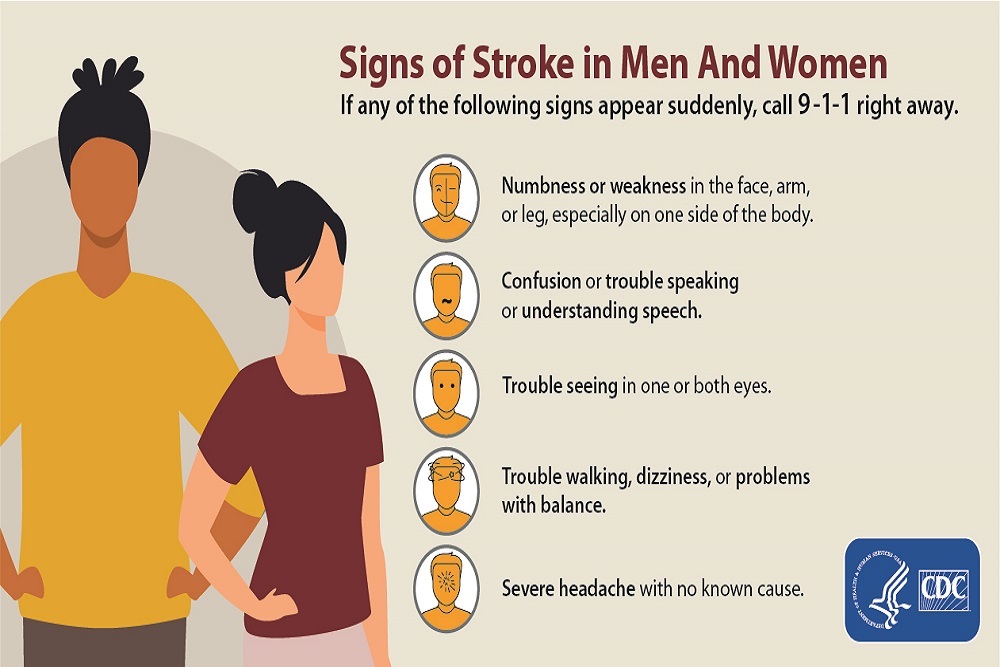
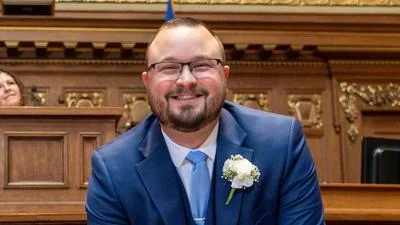
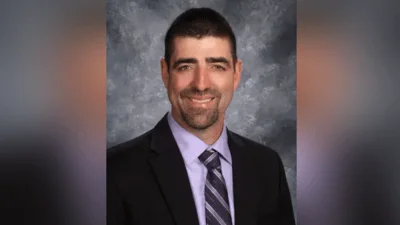
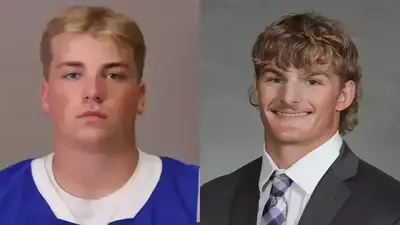
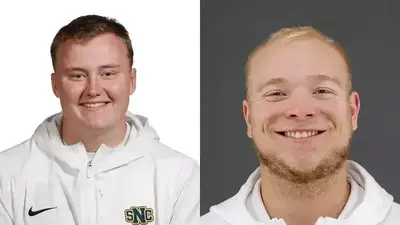
 Alerts Sign-up
Alerts Sign-up